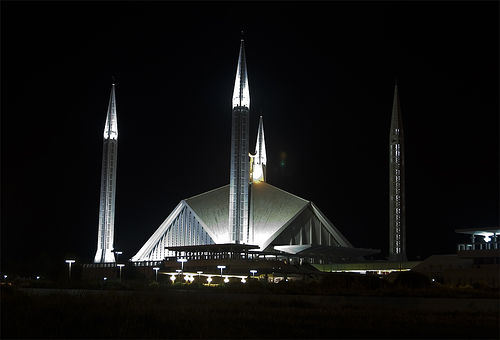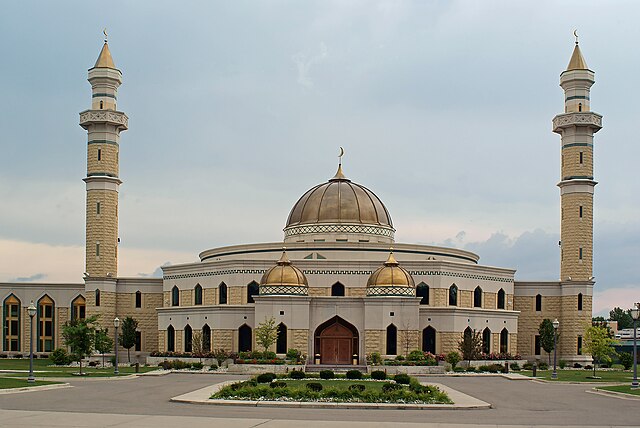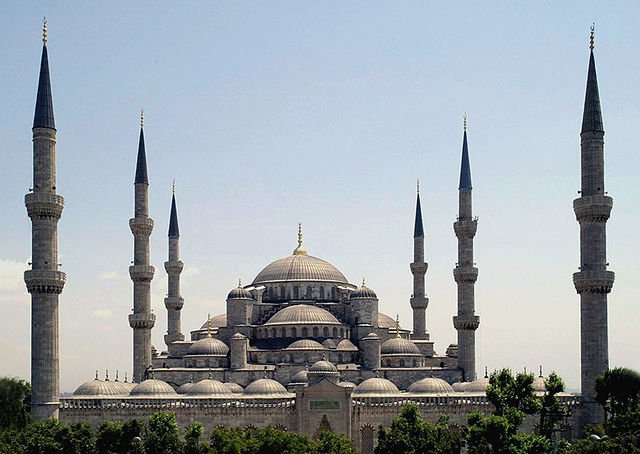BEAUTIFUL MOSQUES OF THE WORLD: PAGE 2
FRIDAY MOSQUE OF HERAT: AFGHANISTAN

THE JAMA MASJID OF HERAT AFGHANISTAN
The Jama Masjid of Herat, also known as the Masjid-i Jami' of Herat, and the Great Mosque of Herat is a mosque in the city of Herat, in the HERAT PROVINCE of north-western AFGHANISTAN. It was built by Ghurids, the famous Sultan Ghayas-ud-Din Ghori, who laid its foundation in 1200 AD, and later extended by several rulers as Herat changed rulers down the centuries from the TIMURIDS, to the SAFAVIDS, to the MUGHALS and the UZBEKS, all of whom supported the mosque. Though many of the glazed tiles have been replaced during subsequent periods, the Great Mosque in Herat was given its present form during the closing years of the fifteenth century.
Apart from numerous small neighborhood mosques for daily prayer, most communities in the Islamic world have a larger mosque, a Congregational Mosque for Friday services with a sermon. The Jama Masjid was not always the largest mosque in Herat; a much larger complex the Mosque and Madressa of Gawharshad, also built by the Timurids, was located in the northern part of the city. However, those architectural monuments were dynamited by officers of the British Indian Army in 1885, to prevent its use as a fortress if a Russian army tried to invade India.







































